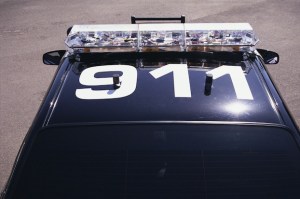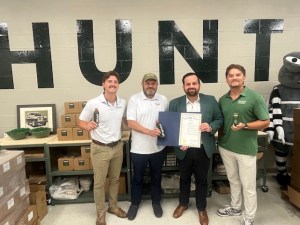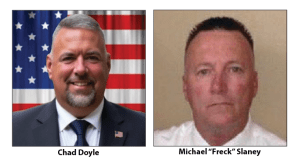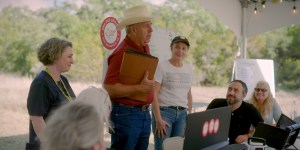Iowa mayor reflects on past two years, looks forward to future
Published 3:34 am Tuesday, August 5, 2025
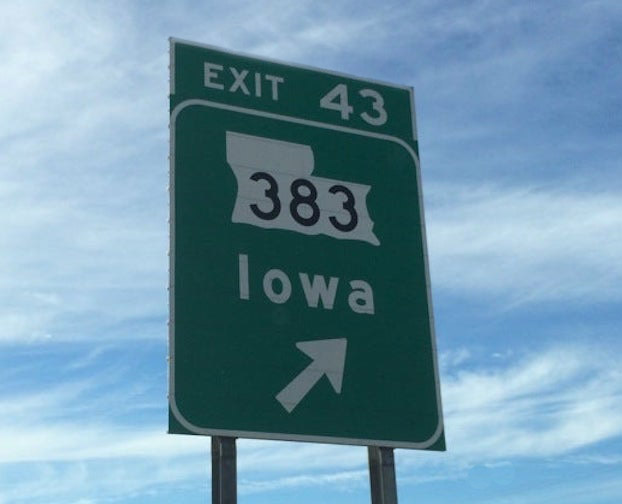
- (Special to the American Press)
After nearly two years of navigating infrastructure challenges and public criticism, Iowa Mayor Neal Watkins aims to steer the town toward a more productive and prosperous future.
Watkins was elected mayor in December 2022. His focus has been on “what’s broke and needs to be fixed.” Utility infrastructure, economic development and budget stabilization have been at the forefront of his administration. In a sweeping vision for the town’s future, Watkins emphasizes open dialogue, regional partnerships, and bold steps toward economic development.
Last week, he sat with the American Press to discuss his time in office so far and his path forward. The road has not been smooth. He has faced public backlash throughout his term, learning the ropes and operating amidst contentious meetings, budget concerns and a failed 2024 recall effort.
Trending
In June, tensions over the budget heightened for a second year in a row when residents spoke out against a $374,000 cut to the police budget.
Residents have been vocal about their worries: safety, utility costs and inadequate funding for the Iowa Police Department. These reservations have been accompanied by poor communication from the town administration to residents, Watkins admitted.
“It becomes quite a confrontational deal where it doesn’t necessarily have to be,” he said. “I take fault for part of that because my focus was honed in.”
Moving forward, Watkins’ office plans to beef up their communications with a media campaign called “What’s Up Iowa,” which would include regular social media posts and a student-led Monday morning podcast.
A big step forward has been restoring productive relationships with Iowa’s city council, he noted. In recent weeks, several council members have met one-on-one to discuss district issues, an effort that had been stalled by early tension and misaligned expectations.
“Because of where we came from and what we were trying to accomplish, my misconceptions coming in the door, their misconceptions about me, all the misconceptions gathered up, nobody wanted to make a move in one way or the other,” he said. “All I want to do is help … but I had the wrong focus.”
Trending
Iowa is now in a better place financially, he said.
Several businesses — including a Waffle House, fried chicken eatery, and seafood restaurant — are already eyeing development, contingent on infrastructure improvements and permits.
Housing growth is also underway, with 71 new units nearing completion. Sewer system upgrades, funded by a mix of grants and loans totaling millions, promise improved capacity and disaster resiliency.
“Do we have to grow bigger than Lake Charles? No. But we deserve better.”
For Watkins, better doesn’t mean perfection. It means movement. He likens it to a simple ice cream shop: “We might only get vanilla. But at least it’s ice cream.”
Regional support
As foundational issues come under control, Watkins is looking to reshape Iowa’s trajectory. This will require regional partnership, especially with many large-scale projects on the horizon.
As a proactive step to prepare for the “growing pains,” Watkins spearheaded the idea of the Calcasieu Corridor Coalition, or the “Common Cents Coalition.” The group could “literally change the entire complex of the five-parish region,” he said.
Its purpose: to pool resources, attract strategic investment, and create lasting economic opportunities across Southwest Louisiana. The coalition would be supported by four different funding sources, which would give municipal leaders throughout the region greater access to economic resources.
As a step towards regional self-sufficiency, the system would allow municipalities to seek out businesses and manufacturers to bring into the region. Watkins said that by working together, towns and cities in the region will have greater access to opportunities for development, he said.
“We’ve got something in the middle of the table we can pull from,” he said. “We still have our individual plates.”


